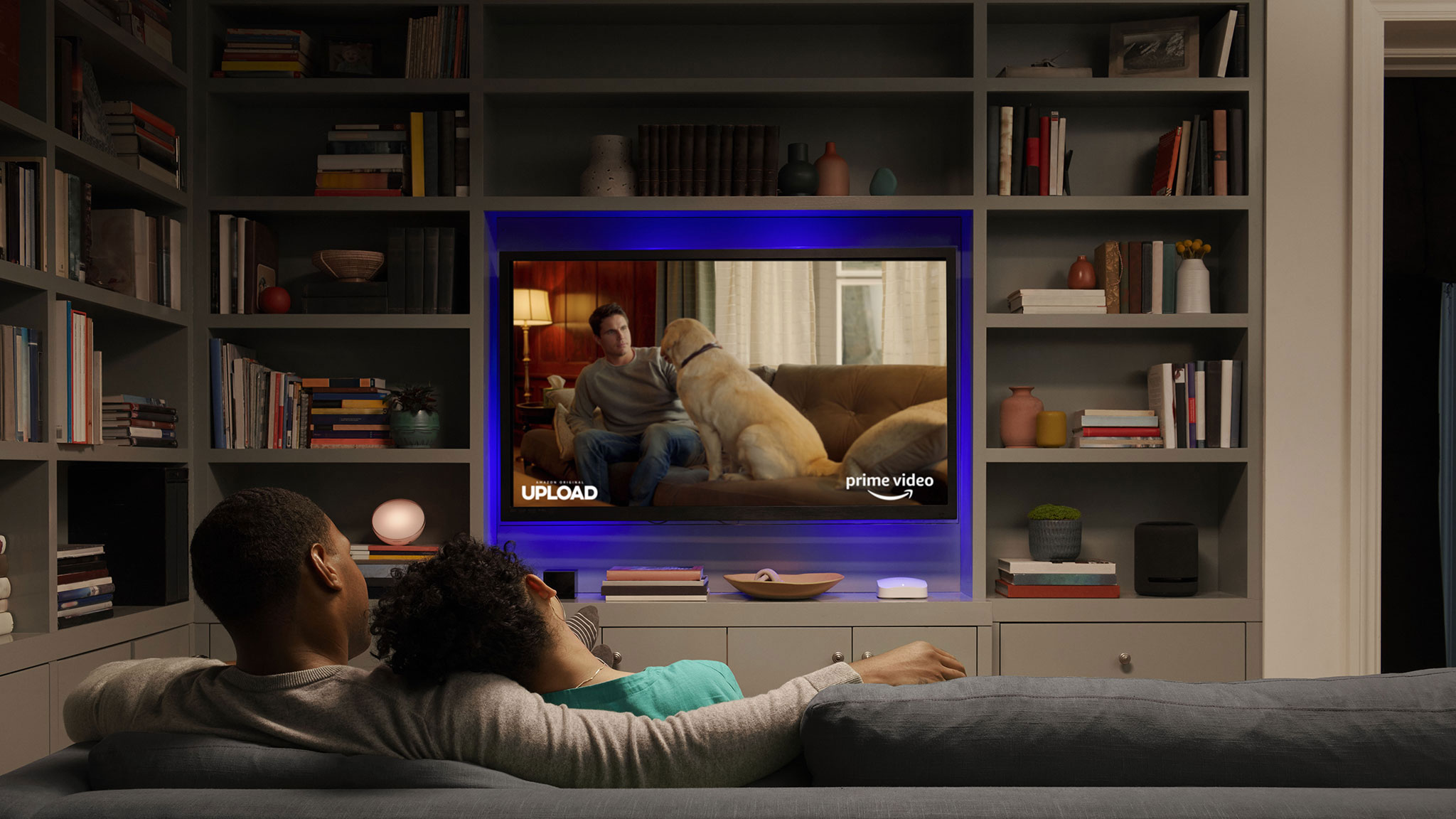Wi-Fi 6 is the latest major upgrade to the wireless standards that guide manufacturing for pretty much every piece of wireless networking hardware on the market. And it's started to really take off. Wi-Fi 6 products are becoming more accessible.
They're growing more affordable, more readily available, and more widespread. It probably won't replace the previous standard entirely for at least a few years yet, but we still stand on the cusp of its rise to prominence.
You've probably heard plenty of buzz about Wi-Fi 6 already, how much better it is than previous iterations, and how it feels tailor-made for smart homes and the Internet of Things.
But there are probably a few things you haven't heard about it — let's talk about that.
'Wi-Fi 6' represents a dramatic rebranding
When you first heard the term 'Wi-Fi', your assumption was probably that it stands for 'Wireless Fidelity'. The truth, however, is that it's actually a rebranding brainstormed by an organization called The Wi-Fi Alliance.
If you haven't heard about this organization, it basically work behind the scenes to make sure every networking device that hits the market adheres to established wireless standards.
When the organization was founded back in the 90s, wireless standards were referred to by phrases like 'IEEE 802.11 Wireless Local Area Network'. Doesn't exactly roll off the tongue, does it? The term 'Wi-Fi' was thus created out of necessity.
But what does any of this have to do with Wi-Fi 6?
Simply put, Wi-Fi 6 is another, similar rebranding, courtesy of The Wi-Fi Alliance. Over the years, the list of wireless networking standards has grown progressively longer and more confusing. The average user didn't really know the difference between 802.11ac or 802.11n.
But rebranding them as Wi-Fi 5 and Wi-Fi 4, respectively, makes things a lot easier to understand.
It's faster than Wi-Fi 5, but speed isn't what makes it better

One of the much-touted features of Wi-Fi 6 is the fact that it boasts nearly double the top speed of Wi-Fi 5. The former clocks in at around 9.6 Gbps, while the latter sits around 3.5 Gbps. That's all well and good, but Wi-Fi 6 isn't actually about speed.
The thing that makes Wi-Fi 6 such a considerable upgrade over previous generations isn't solely that it's faster, but that it uses its bandwidth with significantly greater efficiency.
Wi-Fi 6 gateways will be capable of communicating simultaneously with eight devices, while Wi-Fi 5 topped out at four. More importantly, it's able to both schedule automatic check-ins for connected devices and also distribute data to multiple endpoints in a single broadcast — something no other wireless standard has been able to do before.
It includes WPA3, the first major WPA update in over 10 years
Wi-Fi 6 also hikes up wireless security. Although the current standard for encryption, WPA2, has seen a few minor upgrades over the years, it's still almost two decades old, having been introduced way back in 2004.
As such, WPA3 represents a huge leap forward as far as network protections are concerned, for both consumers and business users.
In addition to stronger encryption and better authentication, WPA3 features protections against brute force attacks and unauthorized network monitoring. It also applies encryption to open wireless networks as well, meaning that connecting to the Internet at a cafe or airport may no longer be quite so hazardous.
It has both a hardware and a software component

As with previous generations, Wi-Fi 6 isn't just a software or firmware upgrade. It requires entirely new hardware to really do its thing. And not just on networking devices, but for every endpoint.
The good news is that you don't need to replace all your stuff. Not yet, anyway. Moving forward, new smartphones, PCs, and smart devices will start including Wi-Fi 6 capable hardware by default. It'll be a gradual shift that takes place over the next three to five years.
While we'd still recommend looking into Wi-Fi 6 networking hardware sooner rather than later, the rest of your smart home is probably fine as is.
Wi-Fi 6 is fully backwards compatible with Wi-Fi 5
Although you likely won't have access to all the bells and whistles of a Wi-Fi 6 gateway just yet, that doesn't mean upgrading is pointless. Wi-Fi 6 fully supports the previous networking standards.
This backwards compatibility means that most older devices can easily connect to a Wi-Fi 6 network without much trouble.
You won't enjoy speeds quite as fast as you would if all devices ran Wi-Fi 6 hardware, nor will you have access to features like automatic check-in.
At the same time, you'll likely still notice an improvement in overall performance, particularly if there are a lot of smart devices in your home. That said, if your wireless network isn't particularly dense, you probably don't have much to worry about.
It's actually been around for a few years already
Those of you who pay close attention to networking news probably know that Wi-Fi 6 isn't exactly a new idea. It was actually first introduced to the world way back in 2018. It's only recently that it's started to really take off thanks to advancements in networking hardware.
There's also something new on the horizon where Wi-Fi 6 is concerned. It's called Wi-Fi 6E, and it adds a completely new band to wireless networks. What this means is that Wi-Fi 6E devices will be capable of communication over 2.4 GHz, 5 GHz, and 6 GHz.
That's pretty huge, and it's likely going to mean even faster networks and better efficiency. That said, Wi-Fi 6E is something that's likely to only arrive in the far future. It hasn't even gotten past regulatory agencies yet.
Still, it's something to be excited about, right?
The future of wireless networking
Wi-Fi 6 isn't particularly disruptive or revolutionary. It's not going to change the world in unexpected ways, nor is it likely to completely shift how we look at networking.
What it will do is make things more streamlined and more efficient, enabling smarter homes, faster speed, and ultimately, a more connected world.
This is something mesh networking organization eero has always strived for. That's why eero has announced a new line of Wi-Fi 6 capable devices. Available November 2020, the new eero devices also include a smart home hub that supports Zigbee, the leading wireless standard for the Internet of Things.

0 comments:
Post a Comment